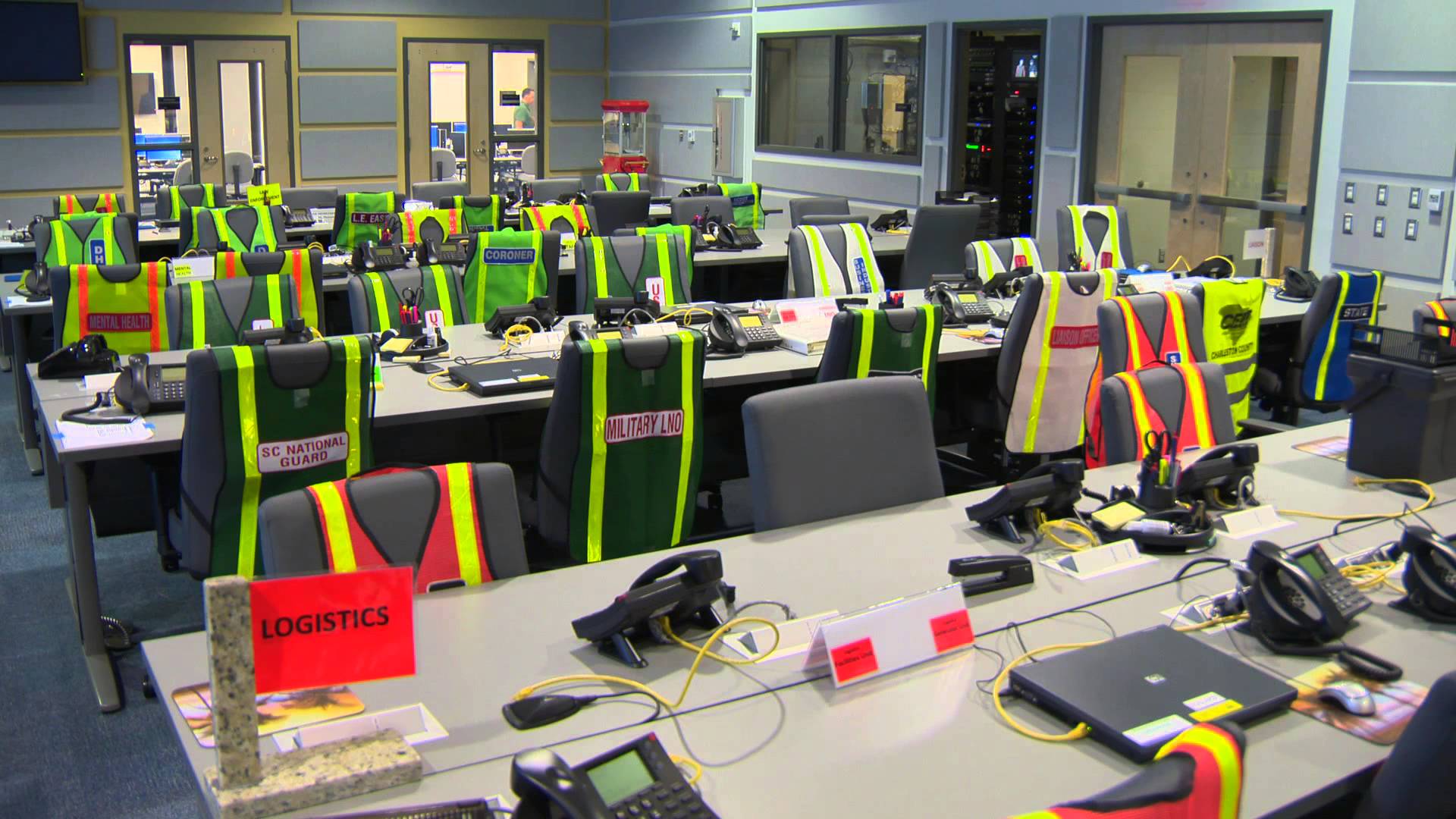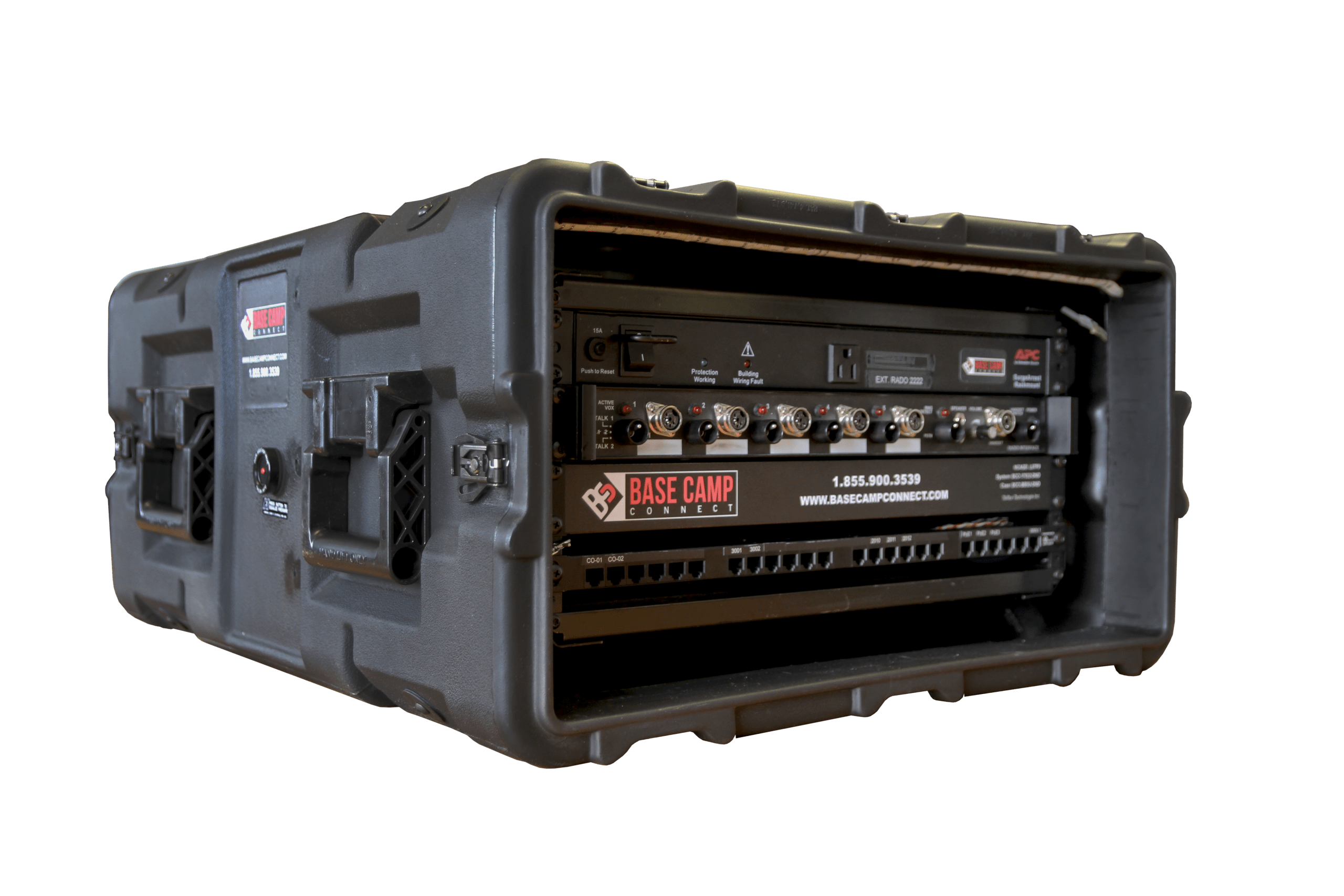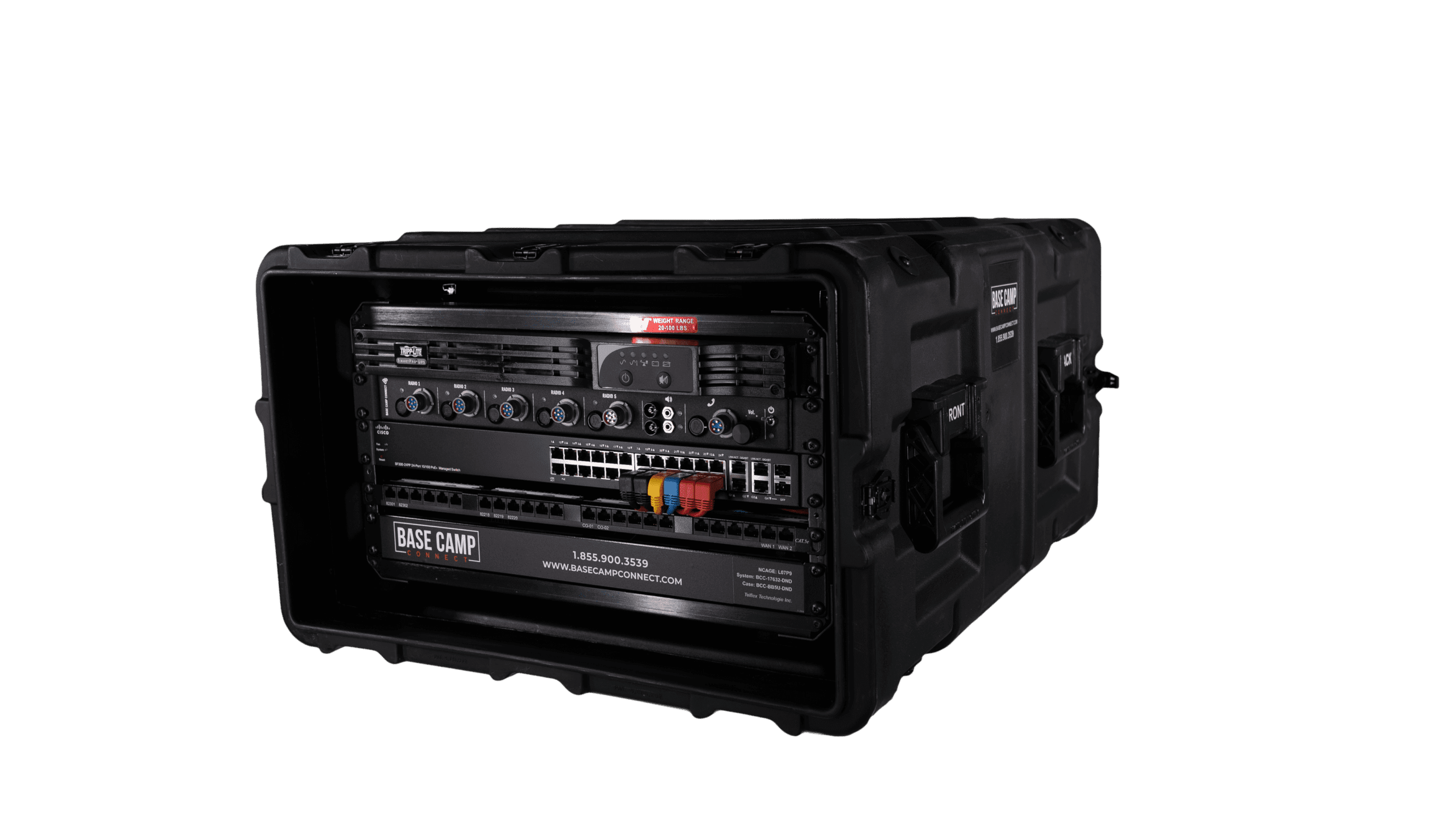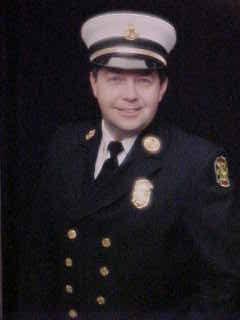The Emergency Communications Center and Emergency Operations Center for many cities are vital pieces to the day to day operations and to support the first responders out on the streets. A great deal of planning and money has been invested in these locations to be able to handle the emergency telephone calls and radio dispatching capabilities. But what happens when the “emergency” involves one of these centers? A tornado rips through town and the building is destroyed, a flood makes the building inaccessible or the telephone lines to the building have been damaged by a water line contractor and it will take days to repair; what are you going to do now?
Let’s look at the emergency communications center first seeing that this facility is used 24 hours a day and critically vital to the organizations it supports. The 911 calls that would normally go to your center should now search out the next available Public Safety Answering Point (or PSAP) in one of the surrounding cities or towns to be answered. The dispatch information can then be transferred back to your facility via mutual aid radios or cell phones. As long as the disruption to the damaged telephone cables does not affect your radio communications abilities, you can leave your regular dispatchers in place so they can still be able to access the in-house computer systems for reporting and information. Any disruption to the normal operations that will result in systems being compromised for more than a few hours should require additional personnel being hired back to help with the additional steps in the communications chain being changed. If the 911 calls are being sent to one specific ECC, then one of your dispatchers should be there to take the call and ensure that it is routed back to your ECC. I have seen in a few cases where our dispatchers were moved to another ECC and took portable radios with them and they were able to take the 911 calls and dispatch the emergency responders from the other location. Some states have developed mobile PSAP vehicles that can be remotely located anywhere and can be operated by the local 911 operators.

Rhode Island 9-1-1 Call Center
One question that will need to be discussed and a plan developed for is how will you handle alarms of fire that are transmitted to your ECC via a municipal wired telegraph system that many of the older cities and towns still have. Many cities and towns have started the switch over to radio fire alarm boxes but what good will that do if there is no one in the ECC to receive them but the technology is being developed that the signals could be forwarded to another receiver. Working with your local telephone company in advance will save time in designating what telephone lines you would like to see rerouted to another PSAP location. A list of numbers besides the 911 lines should be available so that all the numbers that the public has to contact you whether it is for an emergency or non-emergency calls are transferred. Make sure that your backup answering location had the same redundant equipment as your present location, especially the ability to record incoming calls. Forwarding the calls to cell phones may solve the issue of getting the call but if the caller is not clear or you are not sure if you got the address right, there is no way to play it back and check it and there is no time stamping of the calls either.
With your primary PSAP/ECC out of service, you will need to reach out to the community you serve and inform them of the problem and what they should do in an emergency to get help. Contact your media partners such as TV, radio and cable stations to get the word out. If you have in your community or available from a mutual aid partner, you should request a mobile command post. As you can see, this will take a lot of communications to get done and should not be done for the first time during an emergency situation; this should be done as a function drill and people and vehicles should be actually moved and tested.

The last topic I wanted to talk about is if your Emergency Operations Center (EOC) is taken out of service by an emergency like those I talked about for the ECC. The EOC is usually only in operation during an actual emergency event and if that event is centered around or causes the EOC to be evacuated or unusable, then what is going to be your plan “B” for setting up shop now? What does your plan say? The secondary EOC can either be a mobile command post vehicle but this will extremely limit your abilities due to its size. There is a case again where you can reach out to your mutual aid partners to see if their EOC is available; as long as the event has not caused the same issues in their city or town at the same time. When planning for your primary and secondary EOC’s, keep in mind your past history for disasters like train wrecks, tornados, flooding and other natural disaster that should make you think twice about designating a location as an EOC knowing what has happened before. A good partner maybe your local hospital if they have a large enough meeting room that you could take over, you know that they have backup power supply system, they have security staff, they have food and coffee! I know that you are all so busy trying to handle all the regular day to day responsibilities of doing your jobs but think like this need to be planned out and tested. If you cannot get this done, try assigning the project to a junior officer and get them some of the experience they could use in career.
Thank you all and be safe! RIP BC Fahey, FDNY














